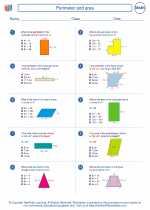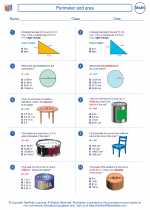Ray in Geometry
In geometry, a ray is a part of a line that has one endpoint and extends indefinitely in one direction. It can be visualized as a straight line with one fixed endpoint (called the "initial point") and extends infinitely in the other direction. Rays are commonly represented in geometry using arrows to indicate the direction of the infinite extension.
Key Terms:
- Endpoint: The fixed point at which the ray begins.
- Initial Point: The endpoint from which the ray extends.
- Infinity: The point where the ray continues indefinitely in one direction.
Notation:
A ray is named by its endpoint and another point on the ray, with the endpoint always being the initial point. If the endpoint is A and another point on the ray is B, the ray can be denoted as AB, with an arrow over the letters to indicate the direction of the ray.
Examples:
Consider the following examples of rays:
- Ray AB: Starting from point A, the ray extends infinitely in the direction of point B.
- Ray CD: Starting from point C, the ray extends infinitely in the direction of point D.
Study Guide:
When studying rays in geometry, it's important to understand the following key points:
- Identify the endpoint and initial point of a given ray.
- Understand the concept of infinite extension in one direction.
- Recognize ray notations and how to represent them using arrows.
- Practice drawing and identifying rays in geometric figures and shapes.
Understanding the properties and characteristics of rays is essential for various geometric problems and proofs. Mastery of this concept will also help in understanding lines, line segments, and angles in geometry.
Now that you have a better understanding of rays in geometry, feel free to explore further examples and practice problems to solidify your knowledge!
[Ray] Related Worksheets and Study Guides:
.◂Math Worksheets and Study Guides Eighth Grade. Perimeter and area

 Worksheet/Answer key
Worksheet/Answer key
 Worksheet/Answer key
Worksheet/Answer key
 Worksheet/Answer key
Worksheet/Answer key
 Worksheet/Answer key
Worksheet/Answer key
